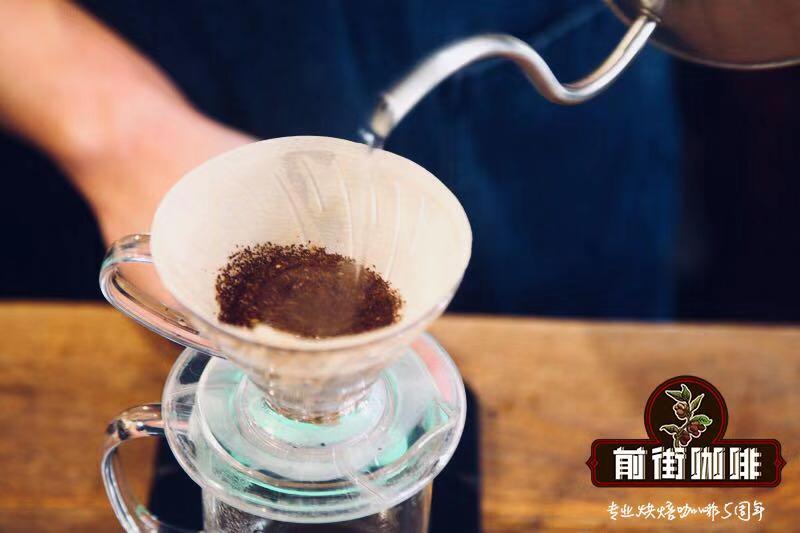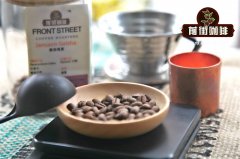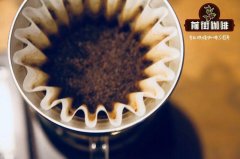How many coffee and bean producing countries in Asia | what are the characteristics of Asian coffee? what are the different flavors?

Professional coffee knowledge exchange more coffee bean information please follow the coffee workshop (Wechat official account cafe_style)
Yunnan, China
The main coffee producing area in mainland China is Yunnan Province, which was first planted in Binchuan, and then expanded to Dehong Prefecture in the southwest. Yunnan coffee can be seen in several big cities such as Baoshan, Mangshi, Tengchong and so on.
Due to the unique geographical environment and climatic conditions, Yunnan coffee has formed a unique flavor of strong but not bitter, fragrant but not strong, with a little fruit flavor. World-class coffee experts evaluate it as the best coffee in the world, and its cultivation techniques. The yield per unit area is also world-class.
The coffee beans in Yunnan are Arabica Tibika and Catmo, of which the latter is smaller, so it is called small-grain coffee. Perhaps because of the planting technology, the taste of Yunnan coffee is still quite obscure, so it is not so suitable for drinking alone, and it is OK to roast a little deeper and mix it into the formula of Espresso.
Taiwan of China
As a matter of fact, the cultivation of coffee in Taiwan has a long history. Both the British and the Japanese planted coffee trees in Taiwan, but then they did not continue to promote it because of many political and economic factors, until later, because of the coffee craze. Someone just started to get back into it.
Hebao Mountain in Yunlin Gukeng, Huisun Forest Farm in Nantou, and Dongshan Township in Tainan County are currently several famous coffee producing areas in Taiwan Province, and most of them are planted in Arabica. Taiwan coffee has a moderate flavor, low acidity and a hint of herbal flavor, similar to the synthesis of South American and Indonesian beans.
Vietnam
Coffee can be said to be one of the basic labels of Vietnam. As the second largest coffee exporter in the world, Vietnam's coffee industry is booming. Coffee culture is deeply rooted in the hearts of the Vietnamese people, with a coverage rate of almost universal drinking.
The coffee made in Vietnam has a strong aroma and light sour taste, smooth and moist taste, and slightly bitter. The representative products are: central Plains Coffee, Moshi Coffee, Highland Coffee and Saigon Coffee.
There are often more coffee shops on the streets of Vietnam than milk tea shops and juice shops. The way to enjoy it is very approachable, and the relative price of coffee is also quite cheap: ordinary coffee is about 20,000, which is equivalent to a few yuan, and even in well-decorated cafes, the price of coffee is half cheaper than that of its domestic counterparts.
The brewer used for dripping coffee uses a special aluminum utensil with several small holes at the bottom. Put an appropriate amount of coffee powder in the vessel, then pour it into boiling water, cover it with a lid and press it down with a pressure plate. Patiently wait for the coffee to drop into the glass cup that has already put condensed milk.
After the coffee drips into the cup and slowly mixes with condensed milk (usually there will be a beautiful layering), then stir well with a spoon, add the right amount of favorite seasoning, and such a cup of mellow coffee is ready.
Indonesia
Indonesia produces coffee beans mainly in Java, Sumatra, Sulawesi and other three islands, all of which belong to volcanic topography. It is generally believed that Indonesian coffee beans have a strong aroma and low acidity, with a hint of traditional Chinese medicine and soil.
Java coffee produced in Indonesia was once synonymous with coffee. Java is the largest island in Indonesia. It is a blend of mild sour, chocolate, earthy and spicy flavors. It has a mellow taste, mild acidity and long-lasting aroma. It is known as the "sweet herb-like flavor". The typical Java coffee is coffee from Beau Bay, Kuyamas and Zambede Island.
Sumatra, Indonesia's second largest island, also produces coffee, famous for Mantenin and Ankora. Its coffee is full of particles and full of flesh. The taste is heavy, mellow, rich and lively, smooth and smooth. In addition, it has a faint earthy fragrance, which is described as "herbaceous fragrance".
In particular, there is a special kind of animal in the Indonesian mountains: civet, because it makes Indonesia produce a kind of coffee-civet coffee, which is almost the highest price in the world.
END
Important Notice :
前街咖啡 FrontStreet Coffee has moved to new addredd:
FrontStreet Coffee Address: 315,Donghua East Road,GuangZhou
Tel:020 38364473
- Prev

What is the spread of coffee in Asia? what are the coffee producing countries in Asia?
Professional coffee knowledge exchange more information about coffee beans Please follow the coffee workshop (Wechat official account cafe_style) although Arabs prohibit the export of coffee seeds, they are indeed very open inside. The first coffee houses known as Calvin Kahn opened in Mecca, and for the first time in human history, there was such a place, no matter who spent money on a cup of coffee.
- Next

To understand the spread history of coffee | when did coffee enter China?
Professional coffee knowledge exchange more coffee bean information Please follow coffee workshop (Wechat official account cafe_style) Coffee the first stop is Ethiopia in Africa, the second stop is Yemen, the third stop is India, the fourth stop is Java, the fifth stop is France, the sixth stop of coffee is the North American continent, the North American continent has brought a magical turning point for coffee. Coffee from Essex Harar to Mocha, Yemen
Related
- Beginners will see the "Coffee pull flower" guide!
- What is the difference between ice blog purified milk and ordinary milk coffee?
- Why is the Philippines the largest producer of crops in Liberia?
- For coffee extraction, should the fine powder be retained?
- How does extracted espresso fill pressed powder? How much strength does it take to press the powder?
- How to make jasmine cold extract coffee? Is the jasmine + latte good?
- Will this little toy really make the coffee taste better? How does Lily Drip affect coffee extraction?
- Will the action of slapping the filter cup also affect coffee extraction?
- What's the difference between powder-to-water ratio and powder-to-liquid ratio?
- What is the Ethiopian local species? What does it have to do with Heirloom native species?

